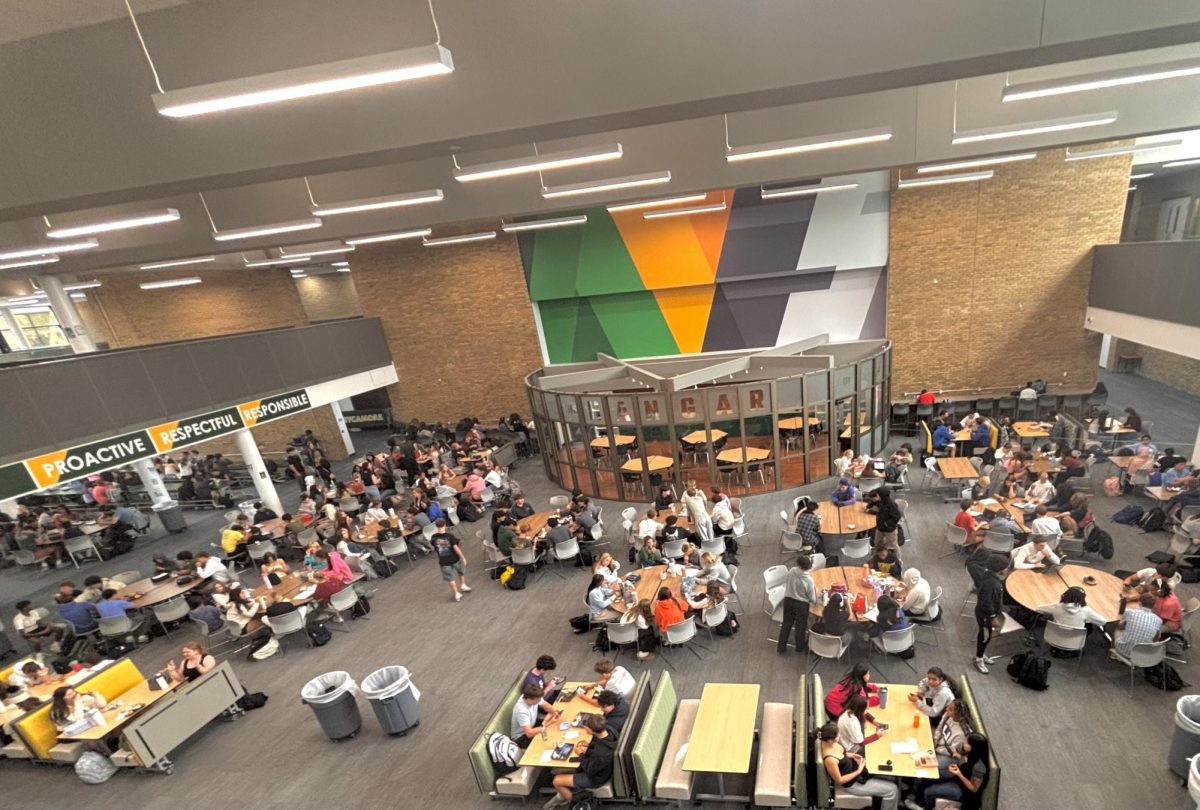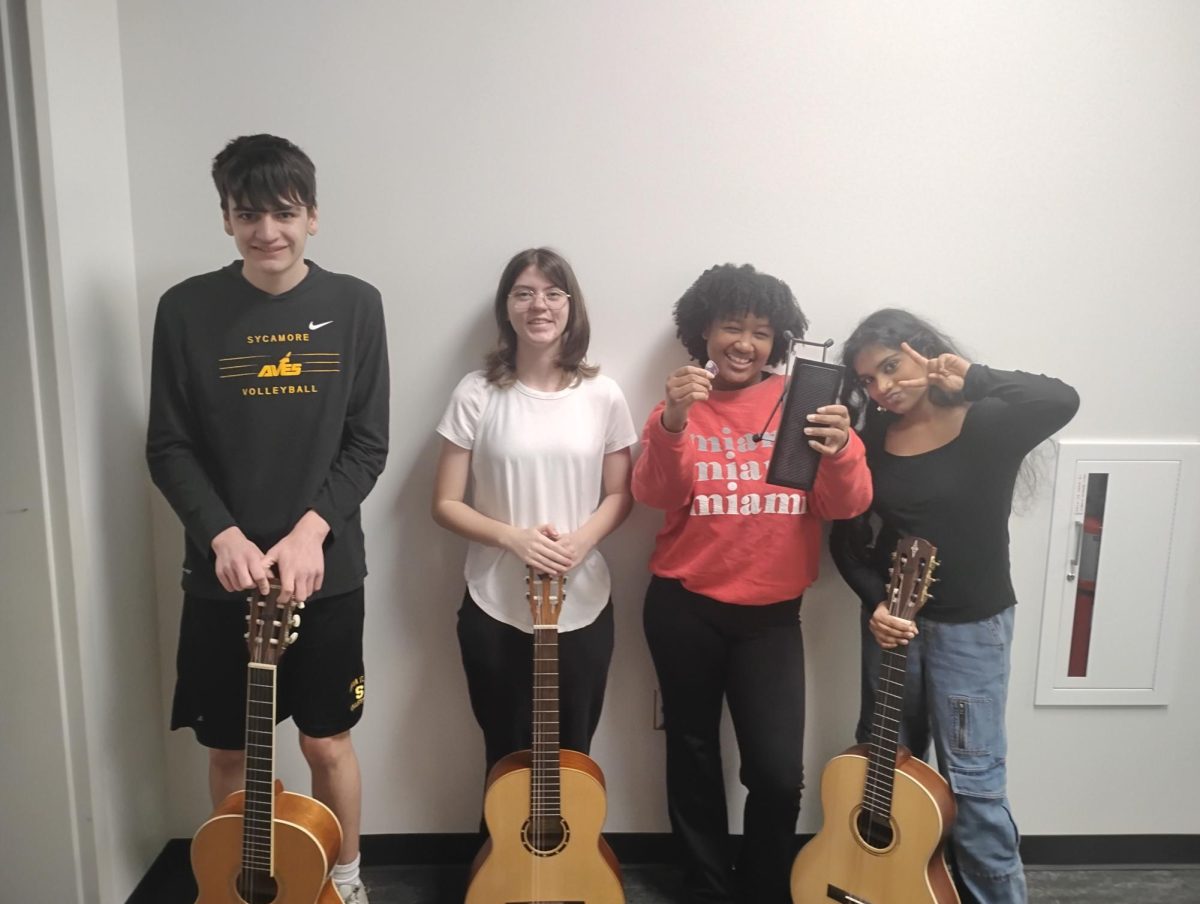October 10 marks World Mental Health Day, a day that highlights a global effort to raise awareness and support for mental health. This day is a reminder that mental well-being is just as important as physical health—especially for students, who are often balancing academics, extracurriculars, social life, and future planning.
In 2023, over one-third (33%) of Ohio high school students reported that their mental health was not good most or all of the time, with many identifying anxiety as a major challenge. With numbers like these, it is clear that mental health is a growing concern in schools.
However, support is available. SHS psychologist Benjamin Williamson and Children’s Hospital therapist Laura Capannari shared their knowledge of what students are facing and how they can cope.
One major stressor? The beginning of the school year. “Getting back onto a schedule after summer can be tough,” said Williamson. “Meeting new teachers, adjusting to classes, and, for upperclassmen,thinking about life after high school, can all be overwhelming. For students feeling anxious, he recommends getting involved in Sycamore. “Getting connected with extracurricular activities helps,” Williamson added. “I’m a big advocate for that. It builds a social community and helps students feel more grounded.”
Mindfulness, deep breathing, and physical activity were named by both professionals as effective coping strategies. “Mindfulness has really gained traction over the past 15 years,” said Capannari. “Fidgeting tools and exercise can also help students manage their emotions.” Even so, not everyone feels comfortable opening up about their mental health. Capannari noted that “we try not to push” and that trust is essential when helping students feel safe enough to speak up.
Families also play a major role. “Parents who stay calm and show confidence in their kids usually help reduce anxiety,” Williamson explained. “But, anxious parents can unintentionally pass that on.” World Mental Health Day is a powerful reminder that students do not have to face these challenges alone. By staying connected, practicing healthy coping strategies, and seeking support, students can take meaningful steps toward better mental health.








